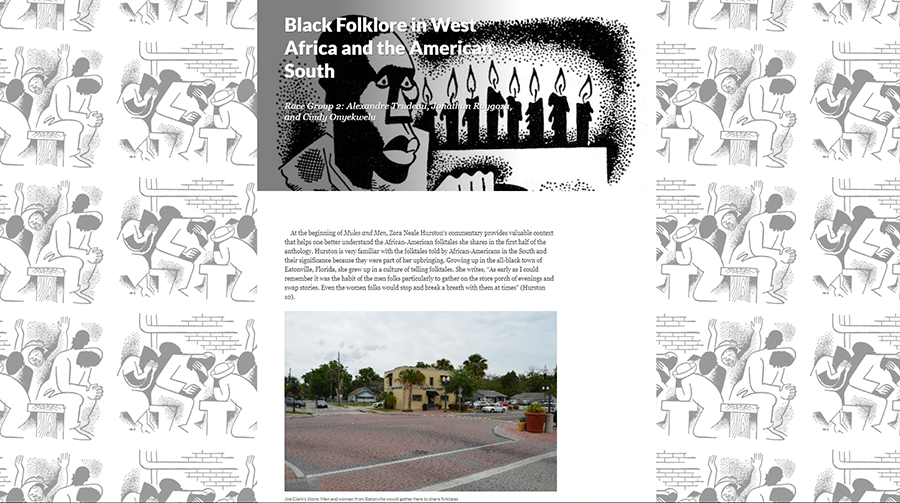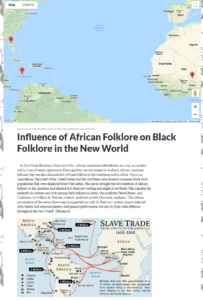“Digital Humanities in the Classroom,” by Isabel Balseiro
April 12, 2019
Isabel Balseiro, professor of humanities and comparative literature in the HSA department, describes digital humanities and how this field is impacting her teaching.
What is digital humanities, and how have you utilized this within your courses?
The digital humanities (DH) integrate computing or digital technologies and traditional disciplines of the humanities, such as history, literature and philosophy. It is a relatively new way of responding to the fact that the printed word is seen as becoming obsolete—if left alone. You create alliances across disciplines never thought to cross paths, say, between computing and comparative literature, and you engage in promising scholarly work. To capture student interest and to reach a larger audience, the digital platform enables students to use exciting multi-media resources.
In the spring of 2017, the Digital Humanities Initiative at The Claremont Colleges put out a call for proposals. I applied for a course development grant and received funds to develop the course Zora Neale Hurston: Theories of Race, Gender, and Art, which would have a DH component.
It was the first time I focused a seminar on a single author. Zora Neale Hurston was a well-known Harlem Renaissance writer. In the course, I wanted to highlight her work as an ethnographer because, although there is ample scholarship on her literary work, few courses consider her equal weight as an anthropologist. I thought the digital humanities component, would be of interest to students who thrive on technology and who could work collectively to design projects that dig into the digital archives that already exist about Hurston.

A screen shot of an HMC student’s digital humanities project on the “Influence of African Folklore on Black Folklore in the New World,” which uses Google Maps to visualize the slave trade
One of my favorite final projects utilized the aural possibilities really well. It was a very powerful work. When the Scalar page [Scalar is a an open-source, web publishing platform] was opened, a recording would play of Zora Neale Hurston giving a speech. The student designed it so that the viewer couldn’t turn off the recording— the audience didn’t have the option not to listen. The student was making a point about how radical Zora Neale Hurston was as a political resistance activist. Starting with the voice recording was a way of jolting the audience into paying attention, very much invoking the style Hurston utilizes to address her readers in a number of ethnographies, in which the oral quality of speech is privileged. Of course, the student could have written a beautiful, persuasive research paper. But I think that digital humanities allowed her to present analytical thought in a media-rich, unique, dynamic way.
So the class not only teaches how to analyze a writer’s techniques, motivations, and influence, but the students also get to use digital humanities in their work to evoke the writer’s methods and style?
Exactly.
What I wanted to stress was how Hurston’s work as a social scientist, writer and ethnographer shouldn’t be separated. Students should come away from the seminar understanding how it’s not necessary to compartmentalize, but rather one must approach intellectual work holistically. I think the digital humanities iteration of this seminar went well. DH provided a platform through which the students could aim for deep analysis while presenting a project that delved into multiple art forms (graphic, visual, aural, interactive, etc).
I think the pages that the students created are beautiful and, with their permission, I’m happy to show them in any academic setting that showcases the brilliant, creative work students interested in the humanities and technology can accomplish.